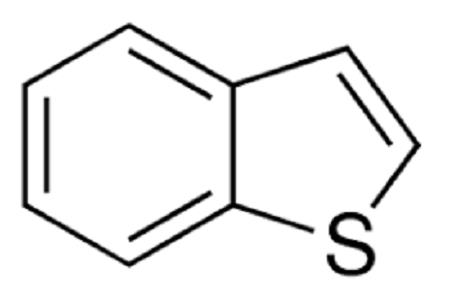From early AD to mid-19 century, people mainly use the natural organic substance (such as animal and plant extracts) for qualitative analysis or quantitative analysis. From the second half of the 19th century to the 1920s, it had begun to appear of artificially synthetic organic reagent such as using potassium acetate xanthan for test of nickel, copper, and molybdenum; using morin for test of aluminum; using diazo coupling reaction for the detection of Nitrite; using α-β-nitroso naphthol for detection of cobalt; using dimethyglyoxime for nickel test. After the proposal of the special-effects group in the 1930s and the proposal of theoretical analysis of functional groups theory in 1950s, people had carried out large-scale screen of organic reagents in search of special-effects analysis groups for different ions and had successfully synthesized a lot of agents of practical value (such as copper reagents, new copper agent, cadmium reagents, beryllium reagent, thorium reagents, etc.). Before the 1950s, the complex compound, in analytic chemistry, is mainly used in the aspects of the precipitation reaction of a binary chelate for the qualitative detection, precipitate isolation and gravimetric separation and other aspects. In the early 1950s and 1960, it is mainly in the form of complexometric titration. From the beginning of the late 1960s, the main focus has been moved to the photometric analysis. Meanwhile, it has been also developed of chelate organic solvent extraction.
Uses of Diaminomaleonitrile
Diaminomaleonitrile (DAMN) is an organic compound composed of two amino groups and two nitrile groups bonded to a central alkene unit. The systematic name reflects its relationship to maleic acid.
Aug 22,2022 Organic reagentsSynthesis and Application of Acetone
Acetone (ACE one) is an important organic raw material, which is mainly used to produce cellulose acetate film, plastic and coating solvent.
May 17,2022 Organic reagentsWhat is Monobenzone used for?
Monobenzone, also called 4-(Benzyloxy)phenol and monobenzyl ether of hydroquinone (MBEH) is an organic chemical in the phenol family.
Feb 21,2022 Organic reagentsUses and Properties of Lauric acid
Lauric acid is a saturated fat. It is found in many vegetable fats, particularly in coconut and palm kernel oils. People use it as medicine.
Feb 15,2022 Organic reagentsGeneral Description of Dibenzo[b,d]Thiophene
Benzothiophene is constituted by fusion of the benzene ring with the thiophene ring. There are two possible methods of fusion of the benzene ring with two different sites.
Jan 29,2022 Organic reagentsSynthesis of Benzothiophene
Benzothiophene is constituted by fusion of the benzene ring with the thiophene ring. There are two possible methods of fusion of the benzene ring with two different sites, namely 2,3- or [b] and 3,4-
Jan 27,2022 Organic reagentsSynthesis of Tetrahydrothiophene
Tetrahydrothiophene is a five-membered, fully saturated, sulfur heterocycle comprised of four sp3-hybridized carbon atoms and a sulfur atom. It is also known as thiolane or thiophane. The bond angle C
Jan 27,2022 Organic reagentsSynthesis of Dibenzofuran
Dibenzofuran is a tricyclic heterocyclic compound with a 14π electron ring system comprised of two benzene rings fused with 2,3- and 4,5-positions of the furan ring. The chemistry of dibenzofuran has
Jan 26,2022 Organic reagentsApplications of Benzo[c]Furans
Benzo[c]furan, also known as isobenzofuran, is a planar unique class of o-quinonoidal bicyclic monooxygen heterocycles with a 10π electron ring system in which the benzene ring is annulated at 3,4-pos
Jan 25,2022 Organic reagentsApplications and Reactivity of Benzo[b]furan
Benzo[b]furan is used in the manufacture of coumarone-indene resin. It has been used to make floor tiles and other products.
Jan 25,2022 Organic reagents












